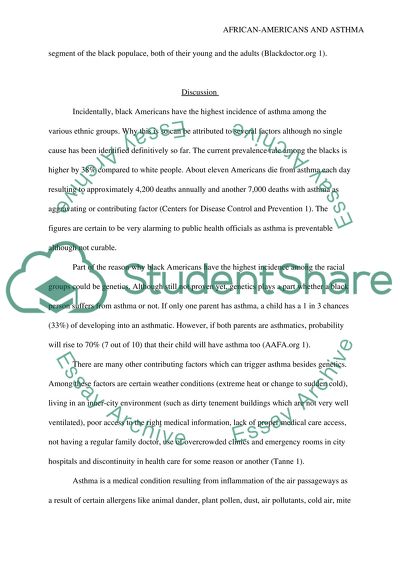Cite this document
(“African Americans dealing with Asthma Research Paper”, n.d.)
Retrieved de https://studentshare.org/health-sciences-medicine/1390206-african-americans-dealing-with-asthma
Retrieved de https://studentshare.org/health-sciences-medicine/1390206-african-americans-dealing-with-asthma
(African Americans Dealing With Asthma Research Paper)
https://studentshare.org/health-sciences-medicine/1390206-african-americans-dealing-with-asthma.
https://studentshare.org/health-sciences-medicine/1390206-african-americans-dealing-with-asthma.
“African Americans Dealing With Asthma Research Paper”, n.d. https://studentshare.org/health-sciences-medicine/1390206-african-americans-dealing-with-asthma.


